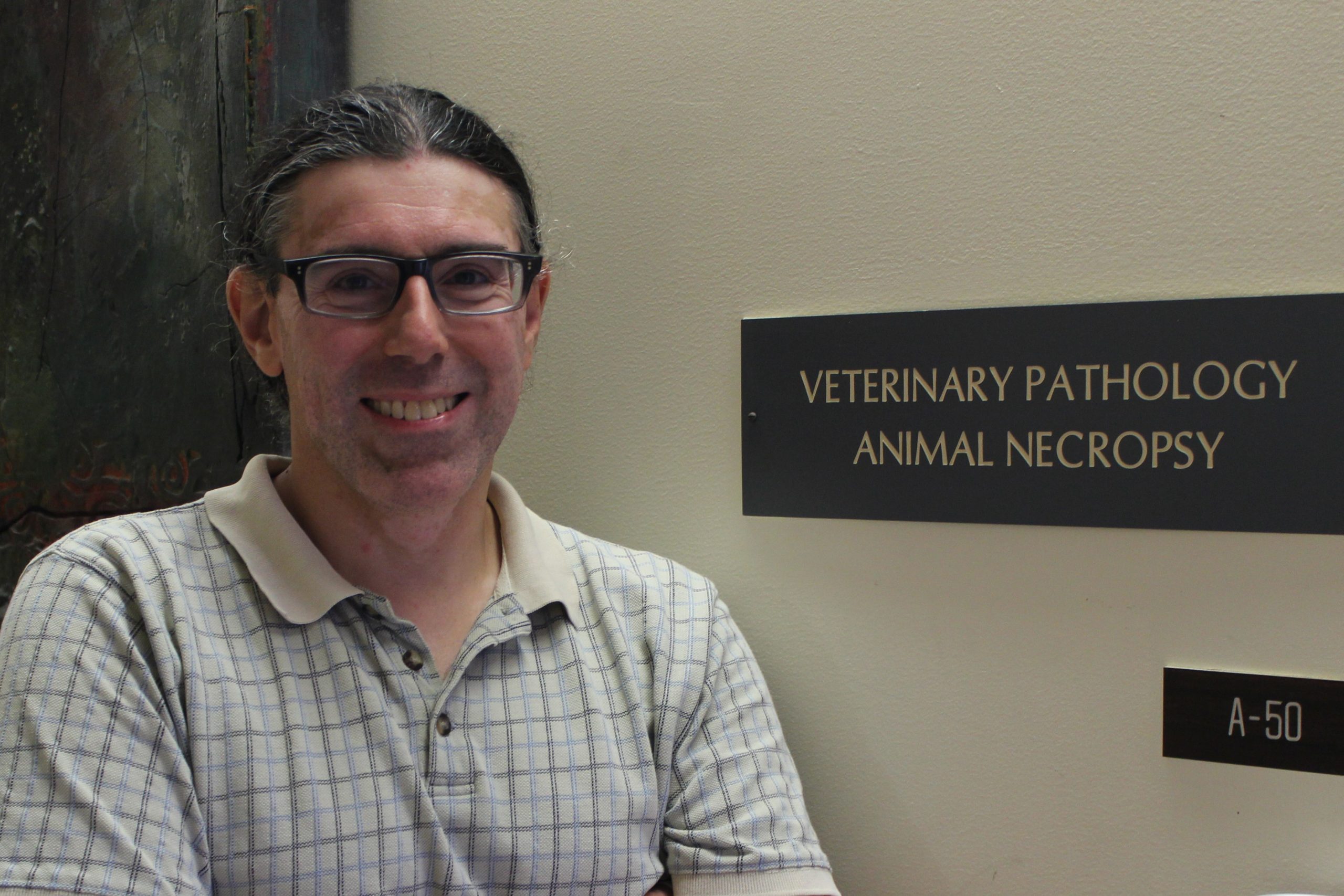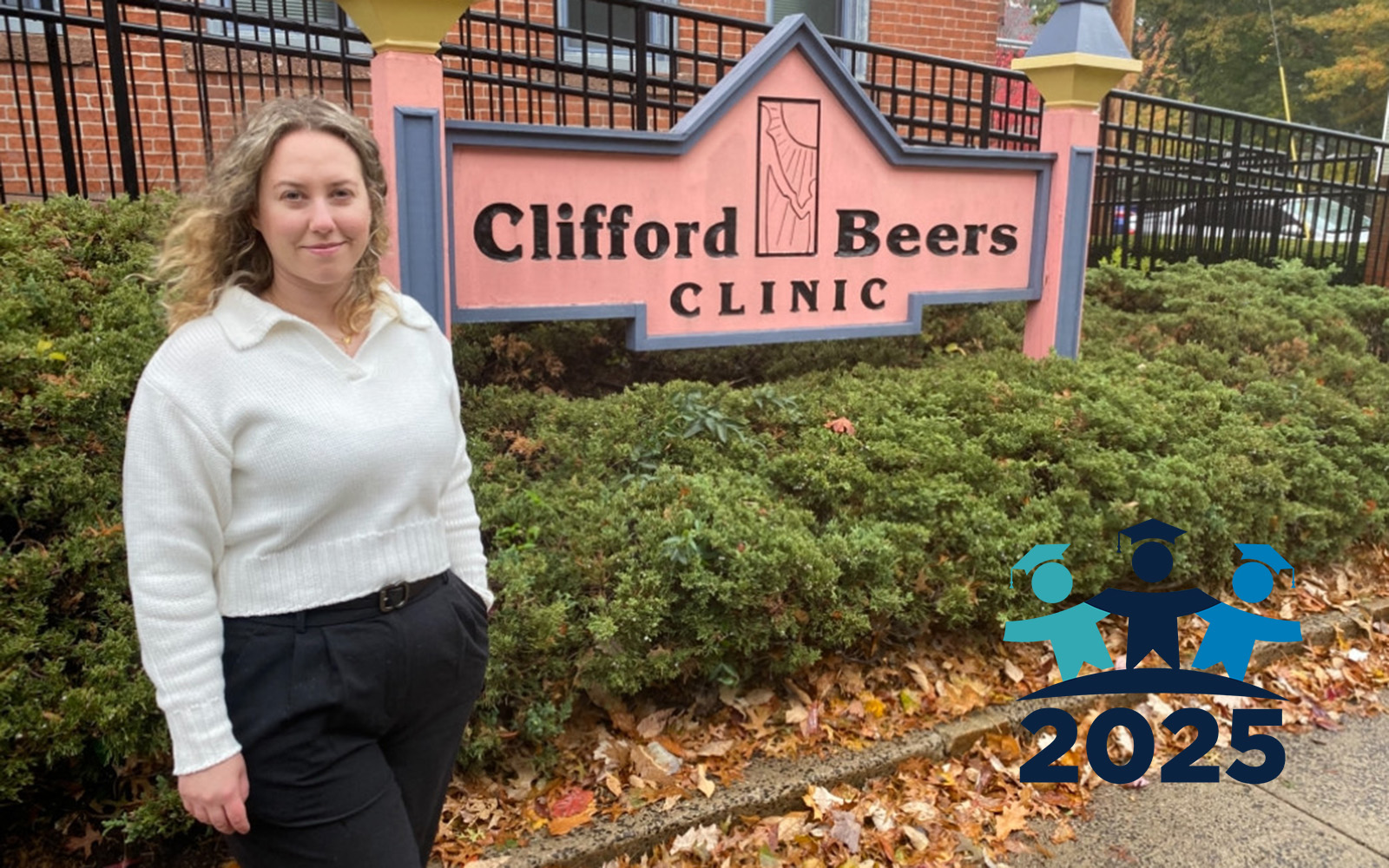This article originally appeared on CAHNR Newsroom.
Salvatore Frasca, formerly professor in the Department of Pathobiology and Veterinary Science, has been appointed director of the Connecticut Veterinary Medical Diagnostic Laboratory (CVMDL), returning to UConn after three years at the University of Florida College of Veterinary Medicine.
“I hope to be part of bringing cutting-edge digital pathology and telepathology to the CVMDL and pave the way for future veterinary diagnostic methodology that will link us to other experts in remote locations and build our expertise,” says Frasca. “We can improve our teaching and residency program as well as continue to serve as a veterinary pathology center for the state of Connecticut.”
He continues, “We want a diverse group of people to be a part of the CVMDL and afford our students the opportunity to link to experts all over the world by means of our virtual pathology.”
The CVMDL provides and oversees diagnostic services for veterinarians, agricultural producers, aquariums and Connecticut wildlife, as well as for residents of Connecticut and New England. The faculty and staff members include pathologists, microbiologists, technicians, veterinary pathology residents, histotechnologists and student interns.
The CVMDL is recognized as one of the laboratories qualified to test for COVID-19 in animals, although the science linking the virus to animals is evolving every day. “We need to a better understanding of the virus as relates to animal to human transmission and animal to animal transmission, and to what extent do those animals harbor the virus,” Frasca says. “We need to explore that and learn more.”
Frasca received his BA in biology and society from Cornell University, his veterinary medical degree from the University of Pennsylvania School of Veterinary Medicine and his PhD in pathology in 1998 from UConn, where he was then a faculty member for spent eighteen. He is board certified in veterinary anatomic pathology.
Frasca is passionate about the role the CVMDL plays in educating students. He says, “These laboratory experiences distinguish our undergraduate and graduate students, helping them develop very marketable skills. The CVMDL also has a history of attracting a very diverse population of veterinary residents, practicing veterinarians who seek out our pathology program. We have had individuals from as far away as Chile, France and Kenya as well as residents from Connecticut and Rhode Island. These people come from all over the world and provide services to the people of our state. It’s really a gem that has gone unrecognized for years.”
Frasca plans to increase the visibility of the services provided through the lab. “I would like to see us shore up the perception of the CVMDL within UConn and beyond the University and show how we are linked to Extension and outreach. For instance, the CVMDL has been working with Mystic Aquarium for some thirty years and supporting their veterinary care through diagnostics.”
His vision for the CVMDL is to become a leader in digital pathology while providing services to the state. “The way the discipline is progressing, we will develop standards such that when we create and scan slides and digitize them for the telepathology network, we have the right equipment and training to provide the same service as that of a pathologist looking through a microscope.”
He continues, “I hope we can find a solution where we have staff in place to handle our in-house responsibilities with a high level of expertise but are also able to expand in intelligent ways to make use of individuals who have expertise but cannot bring that in person to the CVMDL.”
“It’s a challenge we are up for—to modernize and bring CAHNR and UConn into a new competitive arena.”



